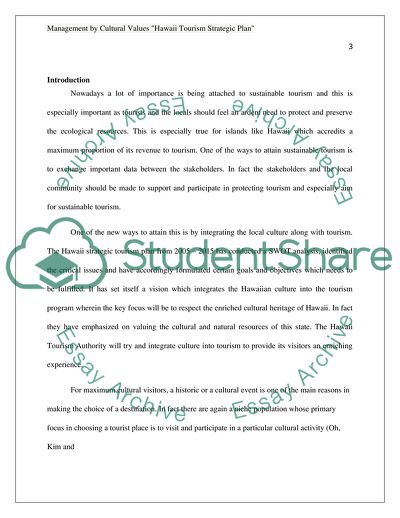Cite this document
(Management by Cultural Values - Hawaii Tourism Strategy Case Study, n.d.)
Management by Cultural Values - Hawaii Tourism Strategy Case Study. Retrieved from https://studentshare.org/tourism/1768843-management-by-cultural-values-hawaii-tourism-strategic-plan
Management by Cultural Values - Hawaii Tourism Strategy Case Study. Retrieved from https://studentshare.org/tourism/1768843-management-by-cultural-values-hawaii-tourism-strategic-plan
(Management by Cultural Values - Hawaii Tourism Strategy Case Study)
Management by Cultural Values - Hawaii Tourism Strategy Case Study. https://studentshare.org/tourism/1768843-management-by-cultural-values-hawaii-tourism-strategic-plan.
Management by Cultural Values - Hawaii Tourism Strategy Case Study. https://studentshare.org/tourism/1768843-management-by-cultural-values-hawaii-tourism-strategic-plan.
“Management by Cultural Values - Hawaii Tourism Strategy Case Study”. https://studentshare.org/tourism/1768843-management-by-cultural-values-hawaii-tourism-strategic-plan.


